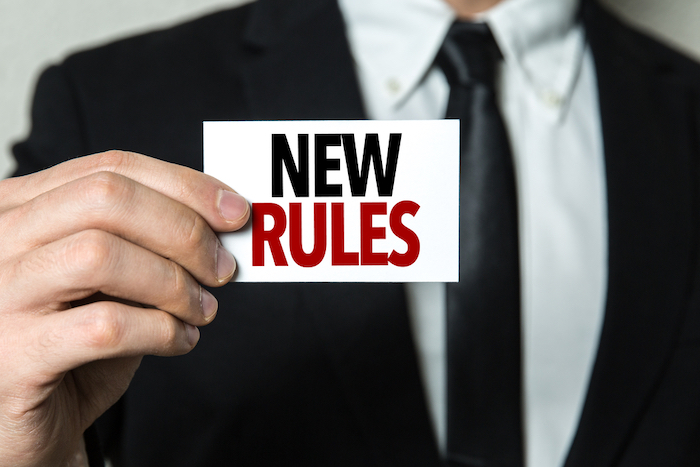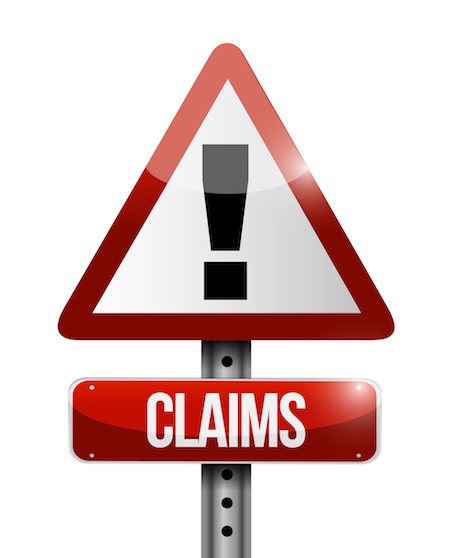AI Executive Order – Patent Issues | MoFo Tech
President Biden’s Executive Order on the Safe, Secure, and Trustworthy Development and Use of Artificial Intelligence was issued on November 1, 2023, and has made waves throughout the AI industry. Morrison Foerster has been reviewing the executive order (EO) and considering its impact in several legal areas.
In the patent space, the EO contains several directives that aim to “promote innovation and clarify issues related to AI and inventorship of patentable subject matter.” Specifically, the EO directs the under secretary of commerce for intellectual property and director of the United States Patent and Trademark Office (USPTO) to weigh in on important issues at the intersection of AI and patent law. The following two items, where the USPTO is directed by the EO to provide guidance, stand out for their potential significance to anyone who is involved in patent strategy, prosecution, enforcement, or licensing in the AI space.
AI and Inventorship
One of the most debated recent topics in patent law has been the role of AI in the invention process. In the EO, the president directs the USPTO director to weigh in on that matter:
[W]ithin 120 days of the date of this order, publish guidance to USPTO patent examiners and applicants addressing inventorship and the use of AI, including generative AI, in the inventive process, including illustrative examples in which AI systems play different roles in inventive processes and how, in each example, inventorship issues ought to be analyzed … .
This solicitation for guidance comes on the heels of last year’s Thaler decision, in which the Federal Circuit held that AI systems cannot be named as inventors on patents. However, in that decision, the Federal Circuit made clear that it did not address the more difficult question: “whether inventions made by human beings with the assistance of AI are eligible for patent protection.” The EO pushes the USPTO to provide clarity on that very question: whether and how use of AI in the inventive process impacts inventorship.
The legal community will await the USPTO’s input on this matter, and will also continue to monitor any litigation that raises the issue of AI-assisted inventorship. USPTO input and litigation outcomes could both play an important role in shaping the law related to these issues.
Patent Eligibility in the AI/ML Space
The EO further directs the USPTO to provide guidance to USPTO patent examiners on “other considerations at the intersection of AI and IP,” and specifically suggests that this could include AI patent eligibility guidance:
[W]ithin 270 days of the date of this order, issue additional guidance to USPTO patent examiners and applicants to address other considerations at the intersection of AI and IP, which could include, as the USPTO Director deems necessary, updated guidance on patent eligibility to address innovation in AI and critical and emerging technologies … .
The convoluted rules of patent eligibility have vexed applicants, practitioners, and the courts for many years, and USPTO eligibility guidance has sought to provide additional clarity over the last five years. So, for practitioners and applicants involved in filing or managing patent applications related to AI, new USPTO eligibility guidance could help to shape claim drafting and amendment strategies for applications in the AI space.
This section of the EO might be seen as a gentle nudge to the USPTO towards more favorable patent-eligibility guidelines for AI-driven innovations, given the EO’s stated aim of promoting such innovations. More favorable guidance for AI-based inventions would align with the USPTO’s recent efforts to recognize and bolster patenting in the rapidly evolving AI sector, such as the USPTO’s AI and Emerging Technology Partnership, which kicked off in June 2022 and has included a series of meetings exploring AI-related initiatives at the USPTO and IP policy issues relevant to AI. More favorable guidance for AI-based inventions would also align with comments earlier this year from USPTO Director Kathi Vidal, recognizing that “[o]ne of the USPTO’s top priorities is to ensure that the United States maintains its leadership in innovation, especially in emerging technologies (ET) such as AI.”
Looking Forward
Following the issuance of the EO, initial comments from USPTO Director Vidal show that the USPTO is recognizing the importance of the patent questions raised in the EO, and the important role that the USPTO will play in continuing to incentivize innovation in the field of AI:
When it comes to artificial intelligence, there is enormous potential for our country, for supporting inclusive and equitable innovation and entrepreneurship, and for solving world problems at speed and scale. But we must move thoughtfully and carefully to mitigate risk and to ensure AI adoption is responsible. The President’s executive order strikes that balance, ensuring we incentivize innovation in critical and emerging technologies, including through appropriate intellectual property protections for inventors and creators, while also advancing national security and AI safety.
As AI continues to reshape multiple sectors, the new EO underscores the dynamism and complexity of the application of AI to the inventive process and traditional inventorship concepts. In the coming months, we will monitor any issued USPTO guidance and will keep a close watch on any litigation that might set precedents in this arena.
[View source.]





